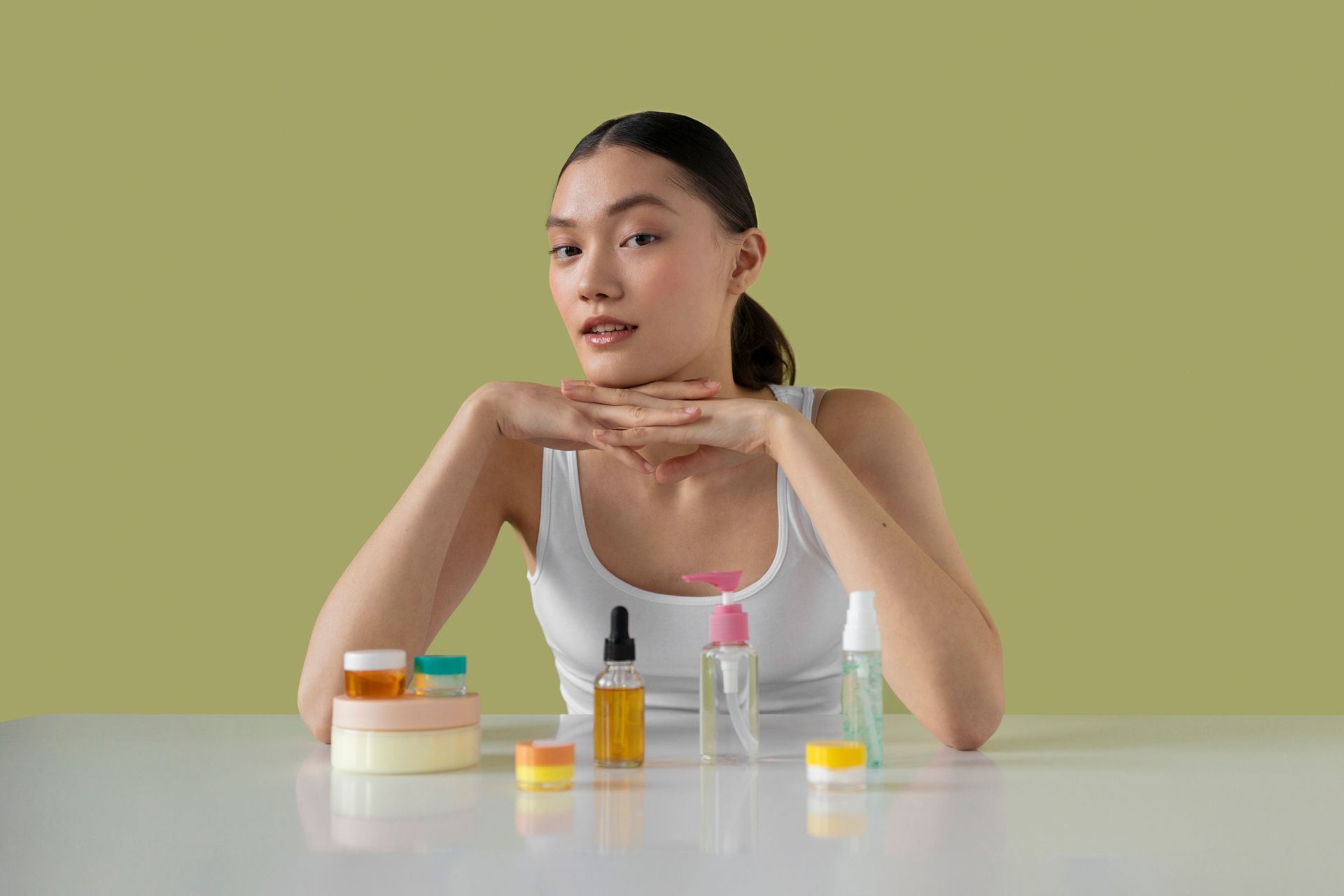How Often Should You Get Brazilian Laser Hair Removal?
Smooth, hair-free skin is a dream for many, and Brazilian laser hair removal is one of the most effective ways to achieve it. But if you're considering this treatment—or have already begun—you might be wondering: how often should I get Brazilian laser hair removal to get the best results? The answer depends on several factors, including your hair type, skin tone, hormones, and consistency in following post-care guidelines. Let's dive deep into understanding the ideal frequency, challenges, risks, and expert advice around Brazilian laser hair removal.
How long does a brazilian laser hair removal last!
Understanding Hair Growth Cycles
Laser hair removal works by targeting the pigment (melanin) in the hair follicle. But here's the catch—it only works on active (anagen) hair follicles. Your body hair grows in cycles:
- Anagen (Growth phase): The stage where the hair is actively growing and is attached to the follicle.
- Catagen (Transition phase): Hair stops growing and the follicle shrinks.
- Telogen (Resting phase): The old hair falls out and new hair begins to grow.
At any given time, only about 15–20% of your hair is in the anagen phase, which means multiple sessions are required to target each follicle when it’s most vulnerable to the laser.
How Often Should You Book a Brazilian Laser Session?
For the best results, professionals recommend getting a Brazilian laser hair removal session every 4 to 6 weeks during the initial phase. This spacing allows new follicles to enter the growth stage and become targets for the laser. On average, clients require:
6 to 10 sessions for significant reduction in hair
Sessions spaced 4 to 6 weeks apart
Annual or biannual touch-ups to maintain smoothness
Each person’s hair growth is different, so your technician may tweak your schedule based on progress. Sticking to this timeline maximizes the efficiency of each session and ensures long-term results.
Factors That Influence Session Frequency
Brazilian laser hair removal isn’t a one-size-fits-all process. Here are the major variables that can impact how often you’ll need treatments:
1. Hair Texture and Color
Thicker, coarser hair typically requires more sessions. Dark, pigmented hair responds best to lasers, while light, blonde, or grey hair is more challenging.
2. Skin Tone
Modern laser machines can now treat a wide range of skin tones, but adjustments in frequency or settings might be required for darker skin to avoid hyperpigmentation.
3. Hormonal Fluctuations
Hormones play a huge role in hair regrowth. Conditions like PCOS or hormonal imbalances can cause faster or unexpected regrowth in the bikini area, meaning more frequent sessions may be needed.
4. Age and Genetics
Younger individuals or those genetically predisposed to thick body hair might need more maintenance than others.
What Happens If You Delay or Skip a Session?
One missed session won’t ruin your progress, but regularly delaying appointments can slow your results. Here’s what happens when you don’t follow the timeline:
- New hairs may grow unchecked and reach stages where the laser is ineffective.
- More sessions may be required, extending the overall treatment timeline.
- Patchy or uneven results may occur.
Consistency is your best friend when it comes to successful Brazilian laser hair removal.
What to Expect During Each Stage of Treatment
Initial Sessions (1–3)
You may see a 10–30% reduction in hair. The area may feel slightly sensitive post-treatment. Hair will fall out over the next few weeks.
Mid Sessions (4–6)
This is when you’ll notice a big difference. Hair grows back finer, lighter, and more sparsely. Treatments feel quicker and more manageable.
Final Sessions (7–10)
At this point, the majority of your hair will have been targeted. Some stubborn follicles may remain, but they’ll likely be few and far between.
Maintenance: Is It Really Necessary?
Yes—because laser hair removal isn’t 100% permanent. While the majority of follicles are destroyed, some may remain dormant and become active months or years later. Maintenance sessions every 6 to 12 months help:
- Prevent regrowth
- Catch new hair cycles
- Maintain that smooth, hair-free feel
Think of it like dental cleanings. You may not need them often, but skipping them leads to long-term consequences.
Challenges You Might Face
Inconsistent Results
Hair doesn’t always respond evenly. Some areas might clear faster than others.
Hormonal Surprises
Pregnancy or new medications can change your hair growth pattern.
Discomfort
While most people tolerate the procedure well, sensitivity in the bikini area can make some sessions slightly uncomfortable.
Pigmentation Risks
Improper aftercare or incorrect laser settings can lead to temporary hyperpigmentation or redness.
Mistakes to Avoid
- Don’t wax or pluck between sessions. It removes the follicle, making the laser ineffective.
- Avoid sun exposure before and after treatment. Tanned skin increases the risk of burns.
- Never skip patch tests, especially when switching providers or machines.
- Don’t apply harsh skincare products to the area before treatment—especially exfoliants or acids.
Expert Insight: What Do Professionals Say?
According to laser specialists at many reputable clinics, staying on a customized schedule and following post-care advice is what separates average results from exceptional ones. Choosing a certified professional who understands how to tailor the process for your skin and hair type is essential for safety and efficacy.
Final Thoughts
Brazilian laser hair removal is a journey, not a one-time appointment. Most people will need sessions every 4 to 6 weeks at the beginning, with 6 to 10 sessions being the standard for long-term results. After that, maintenance treatments once or twice a year can keep you smooth and confident.
Stay consistent. Listen to your technician. And above all—treat your skin with the patience it deserves.
BOOK YOUR FREE SESSION










